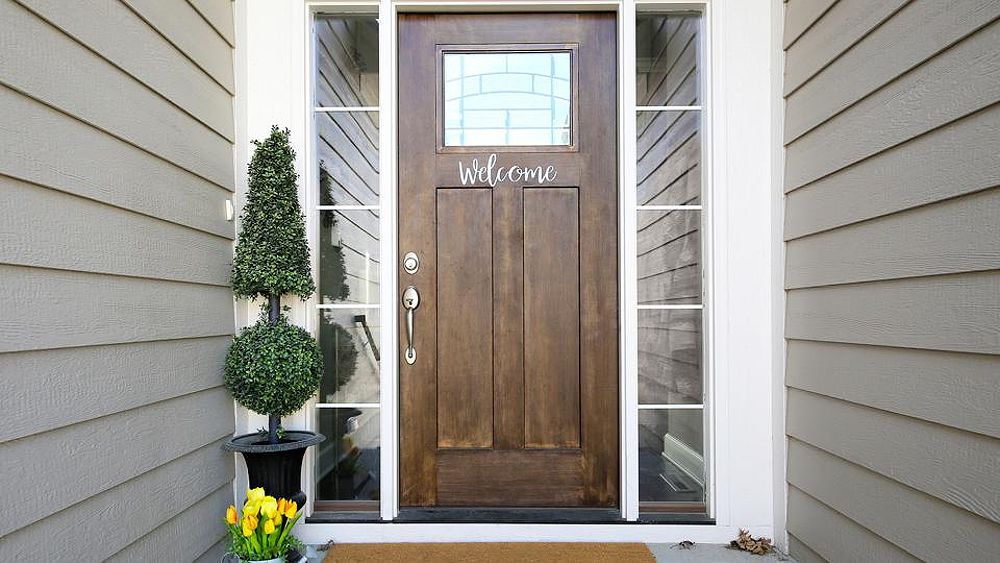Find out the average mortgage rates for different loan terms as of March 19, 2024, and understand the importance of APR in determining total loan costs.
Understanding Mortgage Rates
When looking at mortgage rates, it’s important to consider the annual percentage rate (APR). The APR includes both the mortgage interest rate and the lender fees, providing a more comprehensive view of the total loan costs.

( Credit to: Forbes )
For a $100,000 mortgage with a 30-year fixed-rate loan at the current average interest rate of 7.52%, the monthly payment including principal and interest would be approximately $701. Over the life of the loan, this would amount to around $152,260 in total interest.
Similarly, for a 15-year mortgage with an interest rate of 6.74%, the monthly payment for every $100,000 borrowed would be $884 in principal and interest. The total interest paid over the life of the loan would be approximately $59,204.
For those considering a jumbo mortgage, a 30-year fixed-rate jumbo mortgage at an average interest rate of 7.41% would result in a monthly payment of $693 per $100,000 in financing. For a $750,000 loan, the monthly payment would be around $5,197, with a total interest payment of approximately $1.12 million over the loan term.
The Importance of APR
The APR provides a more comprehensive understanding of the total costs associated with a mortgage. It takes into account both the interest rate and the lender fees, giving homebuyers a clearer picture of the overall expenses.
Comparing APRs among different lenders can help borrowers make more informed decisions, as it reveals the complete range of costs, including fees.
Factors Affecting Mortgage Rates
Several factors influence mortgage rates, including the overall health of the economy, benchmark interest rates, and borrower-specific factors.
The decisions made by the Federal Reserve and the level of inflation can impact mortgage rates. While the Fed’s rate decisions do not directly cause mortgage rates to rise, an increase in the benchmark interest rate can make it more expensive for banks to lend money to consumers. Conversely, rates tend to decrease during periods of rate cuts and lower inflation.
Improving Your Mortgage Rate
Homebuyers can take certain steps to improve their financial situation and qualify for more competitive rates. Maintaining a good or excellent credit score, ranging from 670 to 850, can significantly impact the interest rate offered. Additionally, keeping the debt-to-income ratio below 43% indicates a lower risk of being unable to afford the monthly mortgage payment.
Making a minimum 20% down payment can also help borrowers avoid private mortgage insurance (PMI) on conventional home loans. Furthermore, opting for a 15-year term instead of a 30-year term can result in lower interest rates.
Choosing the Right Mortgage Loan
The best type of mortgage loan depends on individual circumstances. Conventional home loans, issued by private lenders, typically require a good or excellent credit score and a minimum 20% down payment for the best rates. Some lenders offer first-time homebuyer loans and grants with more relaxed down payment requirements.
Government-backed loans are often a better option for buyers with limited credit or finances. FHA loans, for example, may require a minimum credit score of 580 and a down payment of 3.5%. USDA loans, available for eligible rural areas, do not require a down payment but have upfront and annual fees. VA loans are an excellent choice for qualifying military personnel, as they often do not require a down payment.
Frequently Asked Questions (FAQs)
What is considered a good mortgage rate?
A competitive mortgage rate currently ranges from 6% to 8% for a 30-year fixed loan. However, various factors, such as loan type and credit score, can impact the specific rate offered.
How can I get a lower mortgage interest rate?
Comparing lenders and loan programs is a good starting point. Additionally, having a good or excellent credit score and a debt-to-income ratio of 43% or less can help secure a lower interest rate. Making a minimum 20% down payment on conventional mortgages can also waive private mortgage insurance premiums and reduce borrowing costs.
How long can I lock in a mortgage rate?
Most rate locks last between 30 and 60 days, and lenders often do not charge a fee for this initial period. However, it is possible to extend the rate lock period up to 90 or 120 days, although additional costs may apply.
